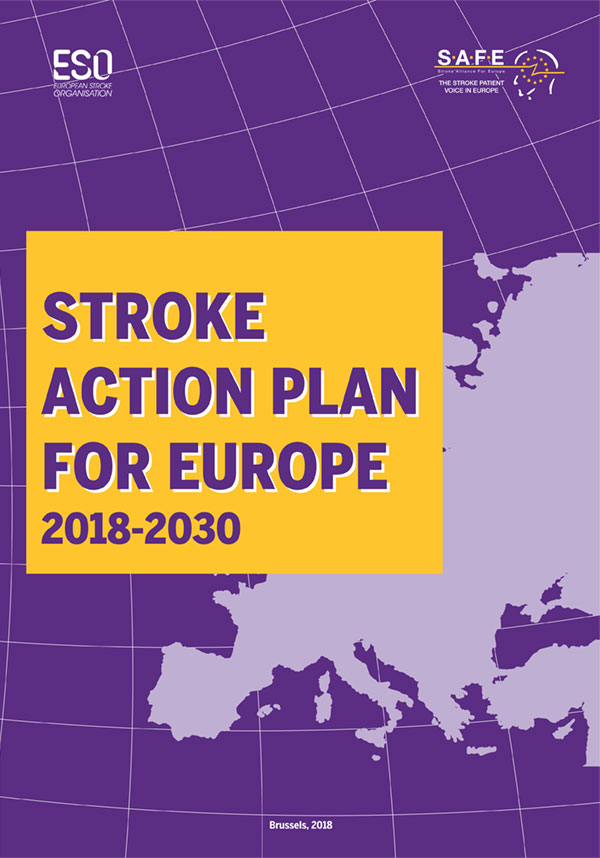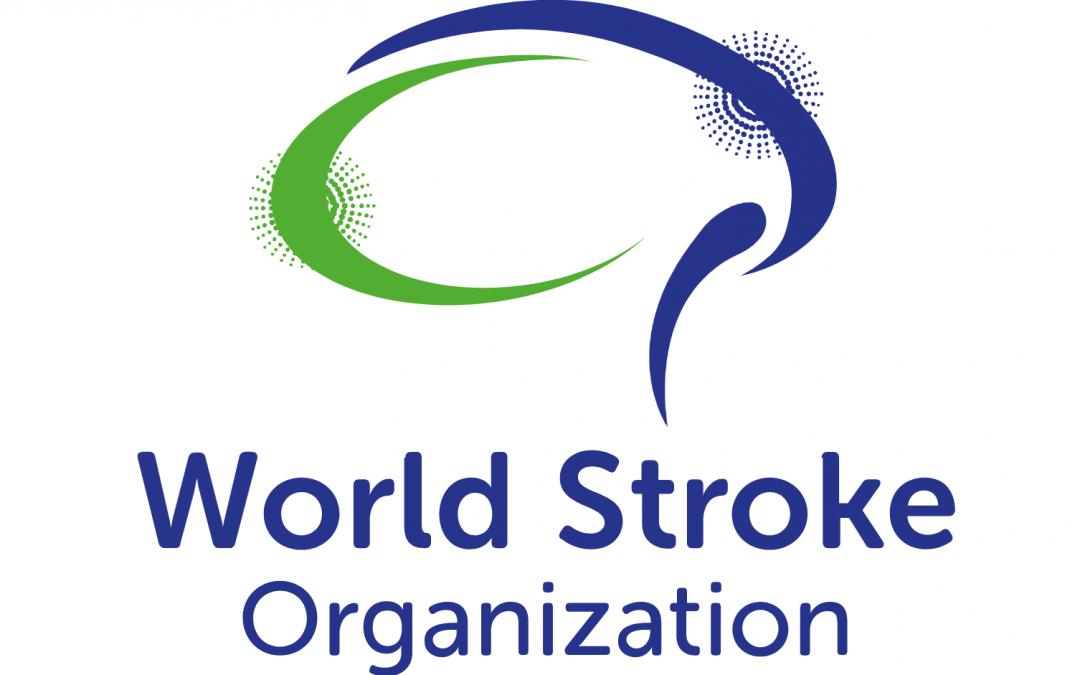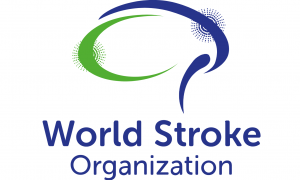
Oct 21, 2020
Dear Friends,
We are in very difficult times. We have never seen a pandemic like this affecting our everyday lives. I hope you and your loved ones are safe and well. We want to let you know that SAFE is here for you and continuing to work despite all the problems around.
While COVID 19 is at the forefront of our thinking, stroke still exists. We know that many of you will be at the front line of services and will be seeing the impact of COVID on individuals who have suffered from stroke. We want to hear from you, we want to know what is happening to stroke survivors in your country, we want to know what is happening to your stroke support organisations and we want to know your ideas as to how we can help.
In addition to finding out how COVID 19 is affecting you and your country, SAFE has adapted its work for 2020. Unfortunately, we have not been able to meet with our members through our usual regional meetings, but we have managed to been up, virtually, June and we will again in November. We have delayed the launch of our economic burden of stroke report until November year. The SAFE General Assembly will be held in November this year and we will do this virtually as we are not able to gather you together for a face to face meeting. I am also excited to let you know that that our first European life after stroke forum is going virtual! The date of 12 March 2021 remains the same and we will share more information with you over the coming months. We will fund one representative from your SSO, and one therapist or nurse from your country. The conference will also be open generally to delegates interested in improving life after stroke services. More information, please click here.
What is happening in the world is a lot for everyone to take in just now, and everyone is having to rapidly adapt their lives on a daily basis. I would like to thank all of you for all the exceptional work you are doing. Please continue to keep well and be safe, do what you can to ensure the survival and sustainability of your stroke support organisation, and we hope to hear from you soon.
With best wishes,
Jon Barrick
President
On behalf of the Board of SAFE

Sep 24, 2020
We are delighted to introduce to two new recruits to SAFE’s team!
Caroline is joining us as our new communications manager and Lora as our new campaigns manager. Please join us in warming welcoming them to the SAFE family.
Click here to find our more!

Sep 18, 2020
SAFE recently co-hosted the Stroke Action Plan for Europe ‘kick off’ meeting with the European Stroke Organisation. The Plan 2018-2030 outlines a set of key recommendations that if implemented would improve the care and outcomes for stroke patients and stroke survivors across the whole care pathway.
We brought together stroke support organisation and national scientific societies from all over Europe to discuss how the Plan could be implemented across all European countries. This is a very exciting step towards providing better support to stroke patents and stroke survivors. We look forward to sharing more information with you over the coming months.
Here is the press release for more information

Jul 6, 2020
The World Stroke Organsiation is running a three part series titled ‘Maintaining Stroke as a Priority’. In this series stroke support organisations from the Americas, Europe and Asia/Oceania have highlighted the impact of COVID 19 on people with lived experience of stroke across the stroke pathway, discussed the responses and innovations of stroke support organisations and signposted to patient education resources available globally. Join them for the last in their Maintaining Stroke as a Priority webinar series, 14:00 GMT/UK time, 09:00 EDT time, on Wednesday 8 July with:
- Juliet Bouverie (Stroke Association UK): Discharge/transitioning home
- Patrice Lindsay (Heart and Stroke Canada): Secondary prevention
Registration: https://us02web.zoom.us/webinar/register/WN_90ILNiK9Q2SBMbhZNux6Gg

Jul 1, 2020
Today we are launching a call for abstracts for the Ist European Life After Stroke Forum which will be held on 12 March 2021.
Our conference programme covers a range of topical issues in life after stroke as well as cutting-edge developments in response to COVID-19. The programme will comprise keynote lectures by eminent invited speakers supplemented by contributed talks and a poster session. Our draft programme is here.
We are now seeking abstracts for the Life After Stroke Forum, which may give those interested an opportunity to present either a ten-minute oral presentation or a poster presentation.
We are calling on for applications in two areas:
- Scientific applications: this may be for completed for ongoing trials and studies in the broad area of life after stroke.
- Grab and Steal: this is to share experiences of service developments in life after stroke where these original ideas and innovative practices could be used by others.
For more information on how to apply – click here.
“Life after stroke is a neglected area of the stoke care pathway. It is a particularly important issue for stroke survivors and their carers.
To address this issue, SAFE is organising a first of its kind event in Europe – a one day Life After Stroke Forum.
This will create an opportunity for those who have an interest in this area, whether from a research, policy, advocacy, or support oriented perspective, to come together to share and network.
As chair of the European Life After Stroke Forum scientific conference committee I am delighted that SAFE is launching its call for abstracts today. I am looking forward to receiving excellent applications, whether scientifically, or service development focused, from all over Europe”. Professor Avril Drummond
Image by mohamed Hassan from Pixabay

Mar 27, 2020
Source: World Stroke Organization
The Global Stroke Alliance Meeting, held in Rio de Janeiro, Brazil from March 11 to 14 was an innovative meeting that aimed to stimulate a global alliance to improve stroke care worldwide and to discuss the best strategies to implement evidence-based interventions access the continuum of care
 The Global Stroke Alliance Meeting brought together leaders from 20 countries around the world with extensive experience in the organization of stroke systems of care, alongside researchers, health professionals, health managers, scientific societies, private hospitals, industry and patients associations. There were 570 in person participants and several by teleconference, with live transmission from the main sessions. The meeting reached its goal of disseminating knowledge, exchanging experiences and creating action plans tailored to each region. All actors working together, joining initiatives and adding efforts in the same direction.
The Global Stroke Alliance Meeting brought together leaders from 20 countries around the world with extensive experience in the organization of stroke systems of care, alongside researchers, health professionals, health managers, scientific societies, private hospitals, industry and patients associations. There were 570 in person participants and several by teleconference, with live transmission from the main sessions. The meeting reached its goal of disseminating knowledge, exchanging experiences and creating action plans tailored to each region. All actors working together, joining initiatives and adding efforts in the same direction.
In addition to representatives of international stroke societies, several representatives of Ministry of Health of Brazil and Ministry of Latin American countries, Health Secretaries from States and Cities of Brazil, the meeting included a strong participation of Dr. Anselm Hennis, Director of Non-Communicable Diseases of Pan American Health Organization from Washington – that represents World Health Organization in Americas.
The dynamics of the event included a series of forums on the most diverse themes, in an attempt to cover all fronts related to the disease -research, political, logistical and educational.
You can read the full article here.
Image by Pete Linforth from Pixabay







 The Global Stroke Alliance Meeting brought together leaders from 20 countries around the world with extensive experience in the organization of stroke systems of care, alongside researchers, health professionals, health managers, scientific societies, private hospitals, industry and patients associations. There were 570 in person participants and several by teleconference, with live transmission from the main sessions. The meeting reached its goal of disseminating knowledge, exchanging experiences and creating action plans tailored to each region. All actors working together, joining initiatives and adding efforts in the same direction.
The Global Stroke Alliance Meeting brought together leaders from 20 countries around the world with extensive experience in the organization of stroke systems of care, alongside researchers, health professionals, health managers, scientific societies, private hospitals, industry and patients associations. There were 570 in person participants and several by teleconference, with live transmission from the main sessions. The meeting reached its goal of disseminating knowledge, exchanging experiences and creating action plans tailored to each region. All actors working together, joining initiatives and adding efforts in the same direction.


